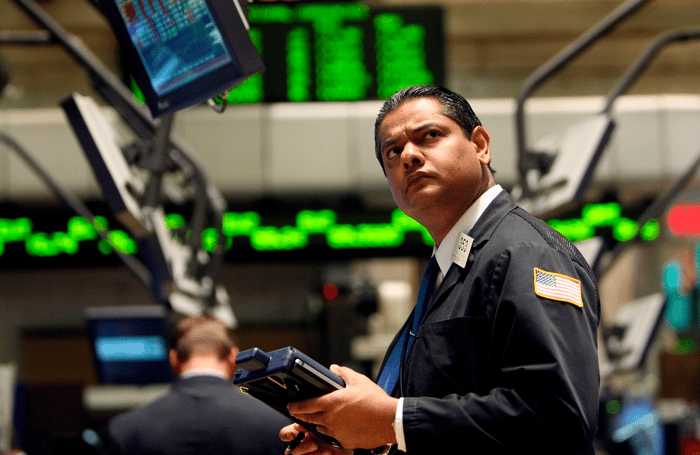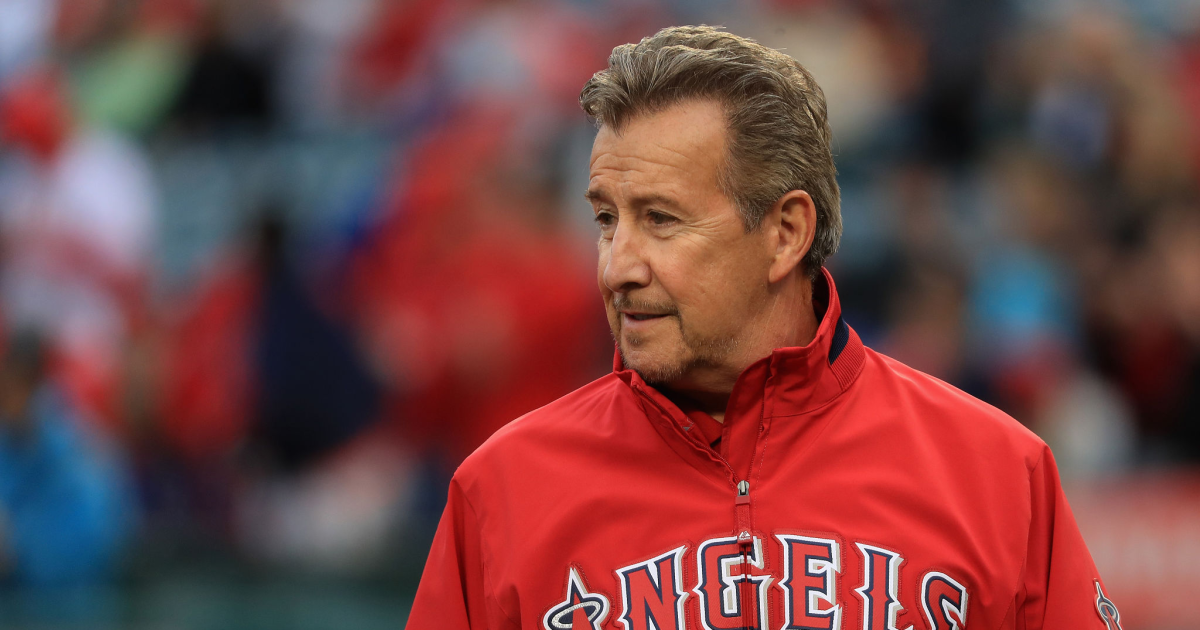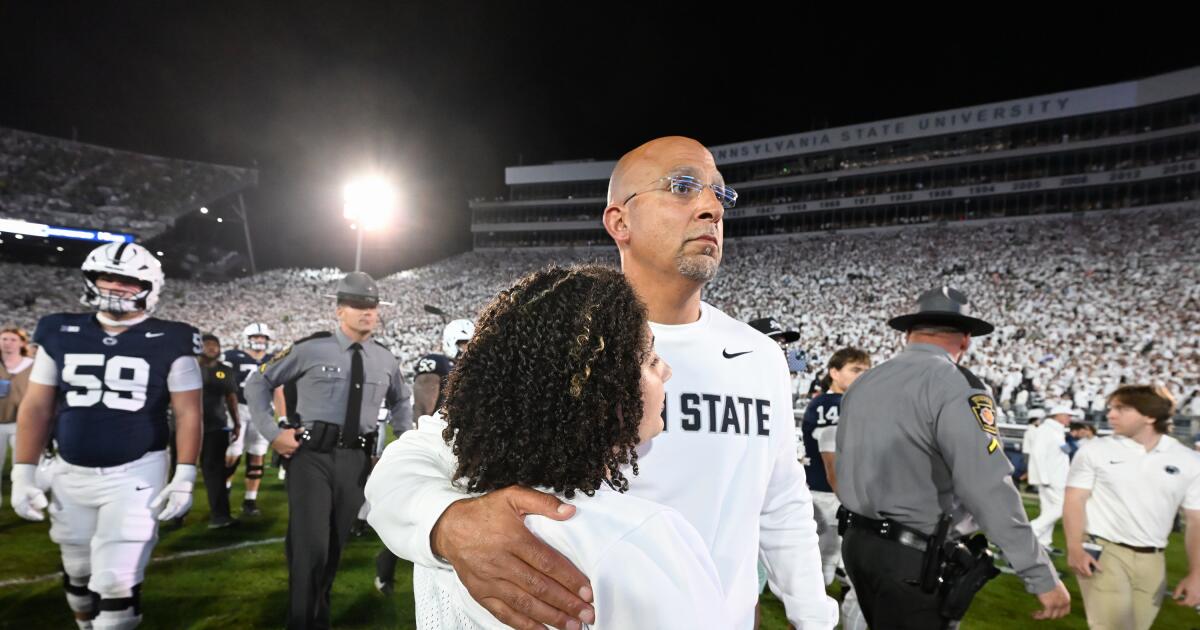The people who know Nvidia and Palantir best are sending a very clear and cautionary signal to investors.
With roughly 10 weeks to go before 2025 comes to a close, it looks as if it’ll be another banner year on Wall Street — and the evolution of artificial intelligence (AI) is a big reason why.
Empowering software and systems with AI capabilities affords them the opportunity to make split-second decisions and become more efficient at their assigned tasks without human intervention. It’s a game-changing technology that the analysts at PwC believe can add $15.7 trillion to the global economy by the turn of the decade.
Although dozens of public companies have benefited from the AI revolution, none have taken their spot on Wall Street’s mantle quite like Nvidia (NVDA 0.86%), the largest publicly traded company, and Palantir Technologies (PLTR 0.11%). Since 2022 came to a close, Nvidia stock has rocketed higher by more than 1,100% and added over $4 trillion in market value. Meanwhile, Palantir shares are approaching a nearly 2,700% cumulative gain, as of the closing bell on Oct. 16, 2025.

Image source: Getty Images.
While there’s a laundry list of reasons that can justify the breathtaking rallies we’ve witnessed in both companies, this dynamic AI duo has also issued a very clear warning to Wall Street that can’t be swept under the rug.
Nvidia’s and Palantir’s success derives from their sustainable moats
There are few business characteristics investors appreciate more than sustainable moats. Companies that possess superior technology, production methods, or platforms don’t have to worry about competitors siphoning away their customers.
Nvidia is best known for its world-leading graphics processing units (GPUs), which act as the brains of enterprise AI-accelerated data centers. Though estimates vary, Nvidia is believed to control 90% or more of the AI-GPUs currently deployed in corporate data centers.
No external GPU developers have come close to challenging Nvidia’s Hopper (H100), Blackwell, or Blackwell Ultra chips, in terms of compute abilities. With CEO Jensen Huang targeting the release of a new advanced AI chip in the latter half of 2026 and 2027, it seems highly unlikely that Nvidia will cede much of its AI-GPU data center share anytime soon.
To add fuel to the fire, Nvidia’s CUDA software platform has served as an unsung hero. This is the toolkit used by developers to build and train large language models, as well as maximize the compute abilities of their Nvidia hardware. The value of this software is exemplified by Nvidia’s ability to keep its clients within its ecosystem of products and services.
Meanwhile, the beauty of Palantir’s operating model is that no other company exists that can match its two core AI- and machine learning-inspired platforms at scale.
Gotham is Palantir’s true breadwinner. This software-as-a-service platform is used by the U.S. government and its primary allies to plan and oversee military missions, as well as gather and analyze data. The other core platform is Foundry, which is a subscription-based service for businesses looking to make sense of their data and automate some aspects of their operations to improve efficiency.
Palantir’s government contracts have supported a consistent annual sales growth rate of 25% or above, and played a key role in pushing the company to recurring profitability well ahead of Wall Street’s consensus forecast.
Yet in spite of these well-defined competitive edges, this AI-inspired dynamic duo has offered a stark warning to Wall Street and investors.

Image source: Getty Images.
Nvidia’s and Palantir’s insiders are sending a clear message to Wall Street
Though AI has been the hottest thing since sliced bread over the last three years, it’s not without headwinds.
For example, every next-big-thing technology and hyped innovation since (and including) the advent of the internet more than 30 years ago has endured an early innings bubble-bursting event. This is to say that all new technologies have needed time to mature, and evidence of that maturation isn’t wholly evident from the companies investing in AI solutions.
But perhaps the most damning message of all comes from the insiders at Nvidia and Palantir Technologies.
An “insider” refers to a high-ranking employee, member of the board, or beneficial owner holding at least 10% of a company’s outstanding shares. These are folks who may possess non-public information and know their company better than anyone on Wall Street or Main Street.
Insiders of publicly traded companies are required to be transparent with their trading activity. No later than two business days following a transaction — buying or selling shares of their company, or exercising options — insiders are required to file Form 4 with the Securities and Exchange Commission. These filings tell quite the tale with these two high-flying AI stocks.
Over the trailing five-year period, net-selling activity by insiders is as follows:
- Nvidia: $5.342 billion in net selling of shares
- Palantir: $7.178 billion in net selling of shares
In other words, insiders at the two hottest stocks in the AI arena have, collectively, sold $12.5 billion more of their own company’s stock than has been purchased since Oct. 16, 2020.
The stipulation to this publicly reported data is that most executive and board members at public companies receive their compensation in the form of common stock and/or options. To cover the federal and/or state tax liability tied to their compensation, company insiders often sell stock. In short, there are viable reasons for insiders to head for the exit that aren’t necessarily bad news.
What may be even more telling with Nvidia and Palantir Technologies is the complete lack of insider buying we’ve witnessed. The last time an Nvidia executive or board member purchased stock, based on Form 4 filings, was in early December 2020. Meanwhile, there’s been just one purchase by an executive or board member for Palantir since the company went public in late September 2020.
Neither Nvidia nor Palantir Technologies are inexpensive stocks, based on their price-to-sales (P/S) ratios. Over the trailing-12-month period, Nvidia and Palantir are valued at P/S ratios of 27 and 131, respectively. History tells us both figures aren’t sustainable over an extended period.
If no insiders from either company are willing to buy shares of their own stock, why should everyday investors?




